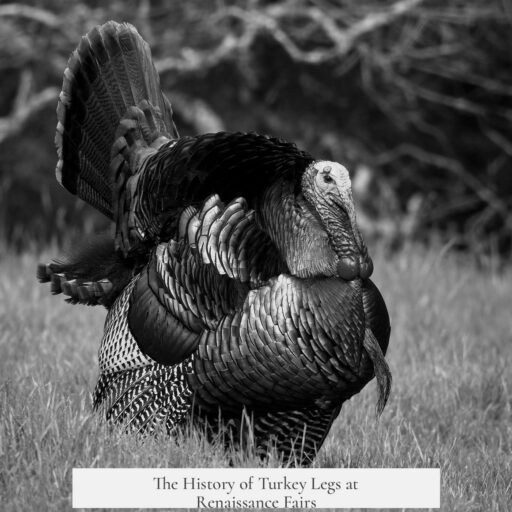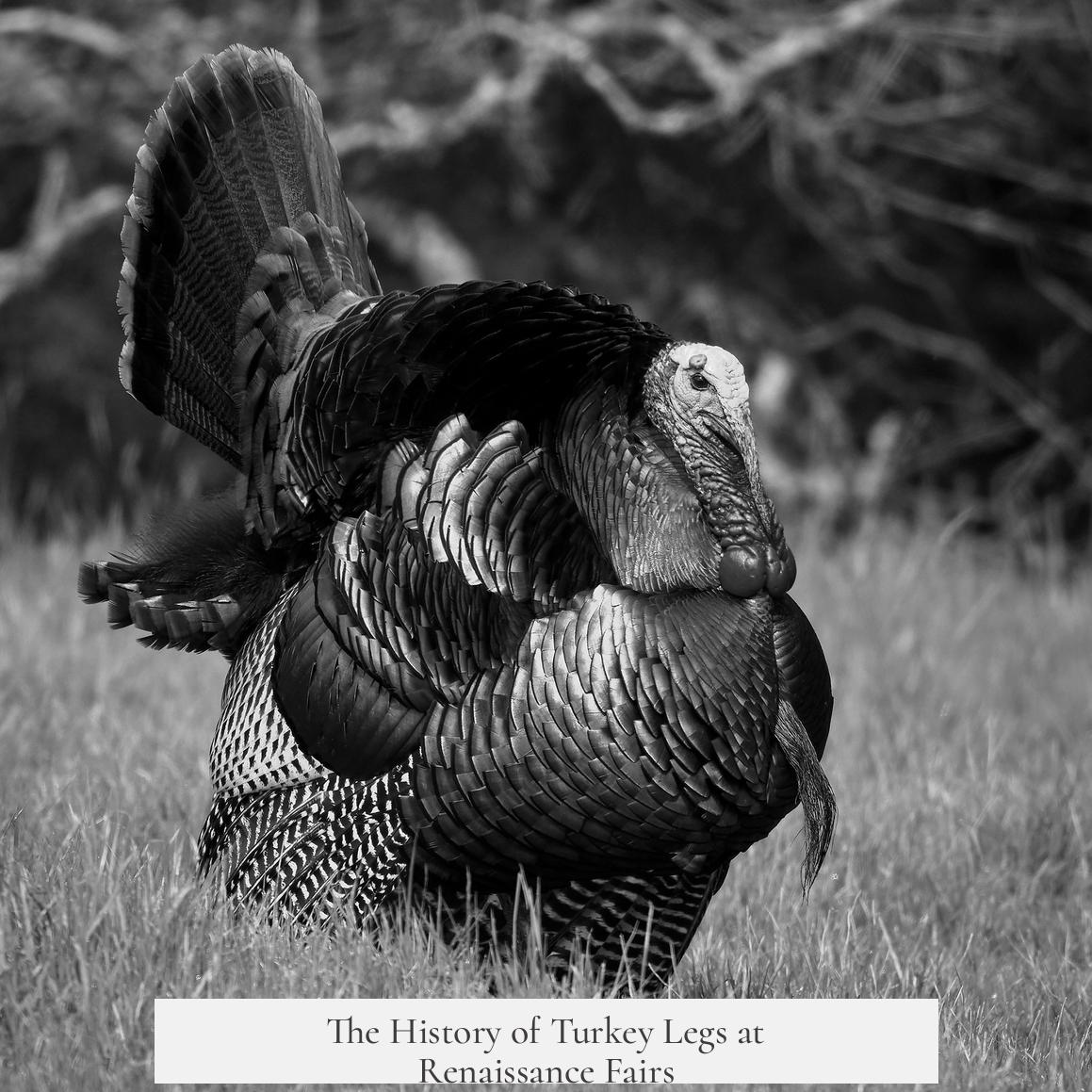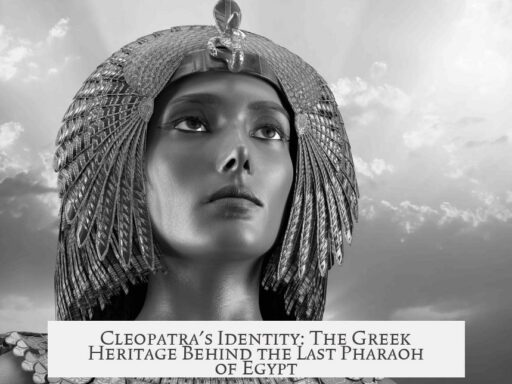Turkey legs are a staple at Renaissance fairs largely because they combine historical inspiration, practicality, and the spectacle that suits the ambience of these events. The tradition began in the 1960s at the original Renaissance Pleasure Faire in Southern California. Organizers aimed to evoke a sense of hearty, rustic fare fitting for medieval or Renaissance-style festivals. They wanted to re-create lively markets where people ate finger foods, just as they might have in historical Europe, where utensils were less common, making turkey legs an appealing and fitting choice.
Renaissance fairs intentionally blend different historical periods and cultural elements rather than strictly adhere to one narrow era. The commedia dell’arte from 16th century Europe, a key influence in these fairs, aligns well with the period when turkey legs became accessible to Europeans following the Columbian exchange. Turkeys, native to the Americas, arrived in Europe in the early 1500s and quickly became incorporated into noble and royal diets.
Historical evidence shows turkeys were served at grand banquets and were regarded as prestigious birds. For example, in 1549 Paris, a feast for Catherine de Medici included sixty-six turkeys. In England, Archbishop Cranmer in 1541 noted turkeys among favored large birds eaten by priests. Nobility also prized turkeys alongside other showy birds like swans and peacocks, often presenting them with elaborate decorations. Turkeys were more affordable than these other birds, allowing a broader population to enjoy large fowl, which aligns with Renaissance fairs’ inclusive spirit.
Popular culture and imagery have reinforced the turkey leg association with Renaissance times. King Henry VIII, frequently depicted as enjoying large meat portions, has become linked in public imagination with holding a turkey leg, even if this is a mistaken detail. Still, his reign falls near the later Renaissance period, supporting thematic consistency for fairs. This cultural association helped cement turkey legs as an iconic fair food.
Besides historical factors, practical reasons support turkey leg popularity at fairs. The legs are large, portable, and easy to eat by hand, making them ideal for the bustling, outdoor setting of Renaissance fairs. Their size and smoky flavor, often accentuated by grilling or slow roasting, provide a sensory spectacle that draws festival-goers. This aligns with the tradition of fairground foods offering bold tastes and visually impressive servings.
While turkey legs were not an everyday meal for most medieval or Renaissance people, their presence is not ahistorical within the broader amalgam of historical periods and imagery these fairs celebrate. The organizers deliberately prioritize entertainment and experiential immersion over strict historical accuracy. This flexibility allowed turkey legs to emerge as a festival symbol linking the primal enjoyment of meat, theatrical presentation, and a nod to historical food customs.
| Aspect | Explanation |
|---|---|
| Historical Period | 16th century (Renaissance) turkeys introduced from America and eaten by nobility |
| Symbolism | Evokes robust, rustic eating; linked to King Henry VIII imagery |
| Practicality | Large, easy-to-eat, portable food aligning with fair atmosphere |
| Entertainment Value | Spectacular size and presentation enhance festival experience |
| Fair Philosophy | Focus on experiential fusion, not strict historical accuracy |
In summary, turkey legs at Renaissance fairs root in historical precedent and practical entertainment considerations. They honor food traditions of early Renaissance Europe while providing a hands-on, visually striking culinary experience ideal for lively fairs. Turkey legs merge cultural mythology, practicality, and spectacle, making them a perfect emblem of Renaissance festival food.
- Turkey legs appeared at Renaissance fairs in the 1960s, inspired by 16th-century food traditions.
- Turkeys were consumed by European nobility and introduced quickly after contact with the Americas.
- Fairs blend historical periods, focusing on fun and immersion instead of strict accuracy.
- Turkey legs are practical for fairs: large, portable, and eaten by hand.
- Strong cultural ties to King Henry VIII boosted their iconic status at fairs.




